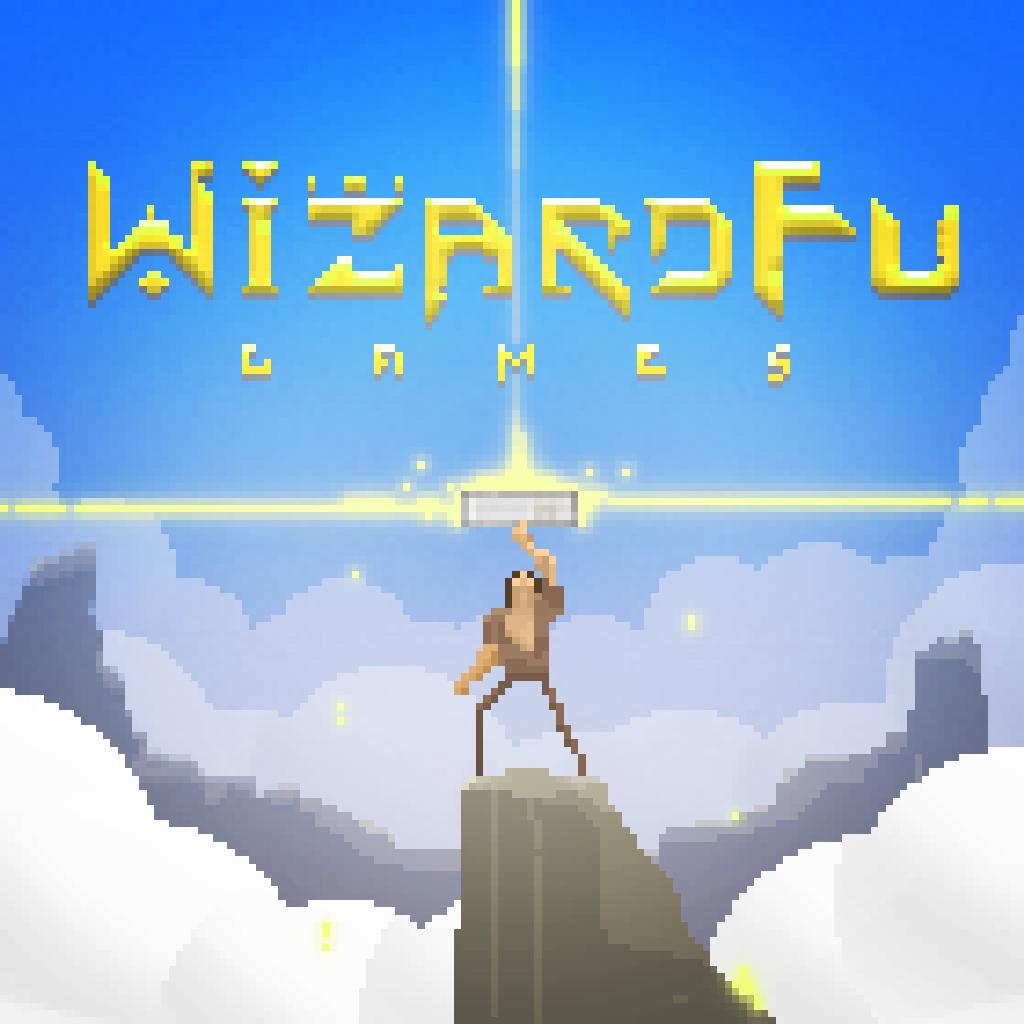
The indie presence is usually not lacking at E3, but this year was a little different. Devolver Digital made waves with their faux press conference, and followed it up by setting up their “booth” in a parking lot across the street from the Los Angeles Convention Center, in defiance of the Entertainment Software Association (ESA), the organization that spearheads E3 each year. We managed to sneak in around the back and get a demo of Songbringer, by lone-wolf developer Wizard Fu. Let’s take a look.
Six-Letter Seeds
Songbringer is described by the developer as “The Legend of Zelda…procedurally generated and set in a Star Wars-like galaxy.” While we didn’t glean too much information about the story, the crux of that statement rings true. One look at the game, and you can see an art style evocative of the SNES Zelda games, and other games from that era. There’s glorious pixel art that is always fun to watch, and sound effects to match.
When you first start Songbringer, you are asked to enter a world seed of up to six characters. This seed is then run through the game’s world-generation algorithm(s), and a random world is yours to explore, and, hopefully, conquer. All the usual enemy types were seen here, from slimes to rolling enemies, and bosses such as dragons. Each world contains 10 dungeons. Your goal is to clear enough of these dungeons to finish the game. Doing this at the start of a new game will take a lot of skill, and understanding of the game’s mechanics.
There’s a psychedelic aspect to Songbringer, as well. If the character eats cacti that grow naturally in the world, their vision will change, and they can see world secrets, such as vulnerable walls that can be bombed. The game has a spiritual undercurrent, including using the power of mediation to help you in the late-game stages. The average completion time should be around the six hour mark. Naturally, the world generation aspect will extend this significantly, provided that the worlds generated are varied enough.
One unexpected feature of Songbringer is that there is a helper robot, which scans enemies, finding small loot and keys, and highlighting other larger items for the player. The robot can even be controlled by another player. It is intended as a support role, something for those who don’t play game very often but might like to help you out as you play. It’s rare to see couch co-op in a lot of games these days, and in a retro-inspired game, it is cool to see.
Meet Cocos2d-x
Wizard Fu used the Cocos2d-x game engine for Songbringer. Cocos2d-x is an open-source framework, which no doubt helped Wizard Fu’s founder and sole developer, Nathanael Weiss, from having to worry about creating the game’s underlying systems too much. Why re-invent the wheel if you don’t have to?
Since we were short on time, the developer drove the demo while we watched and listened. Roguelike games are designed to be challenging, and on that front, Songbringer appears to deliver – even the developer was killed a few times during our demo (Nathanael was quick to point out that unlike most roguelikes, you don’t lose your progress when you die, unless you started in Permadeath mode). We would view this as a good thing, because if someone who made the game is challenged by his own creation, then you can be sure it will test your mettle. What will be cool is to find the best seed for the most challenging world, as well as the best seed for the easiest world.
Songbringer holds plenty of potential for those looking for a challenging procedural roguelike. The pixel art is charming, and the dungeons are foreboding. Just like the genre demands. It’s clearly a labor of love, and we will keep the coverage coming as Songbringer approaches its launch on the PlayStation 4, Xbox One, and Steam platforms sometime this summer.
Songbringer E3 2017 Preview
-
Songbringer Screen 01
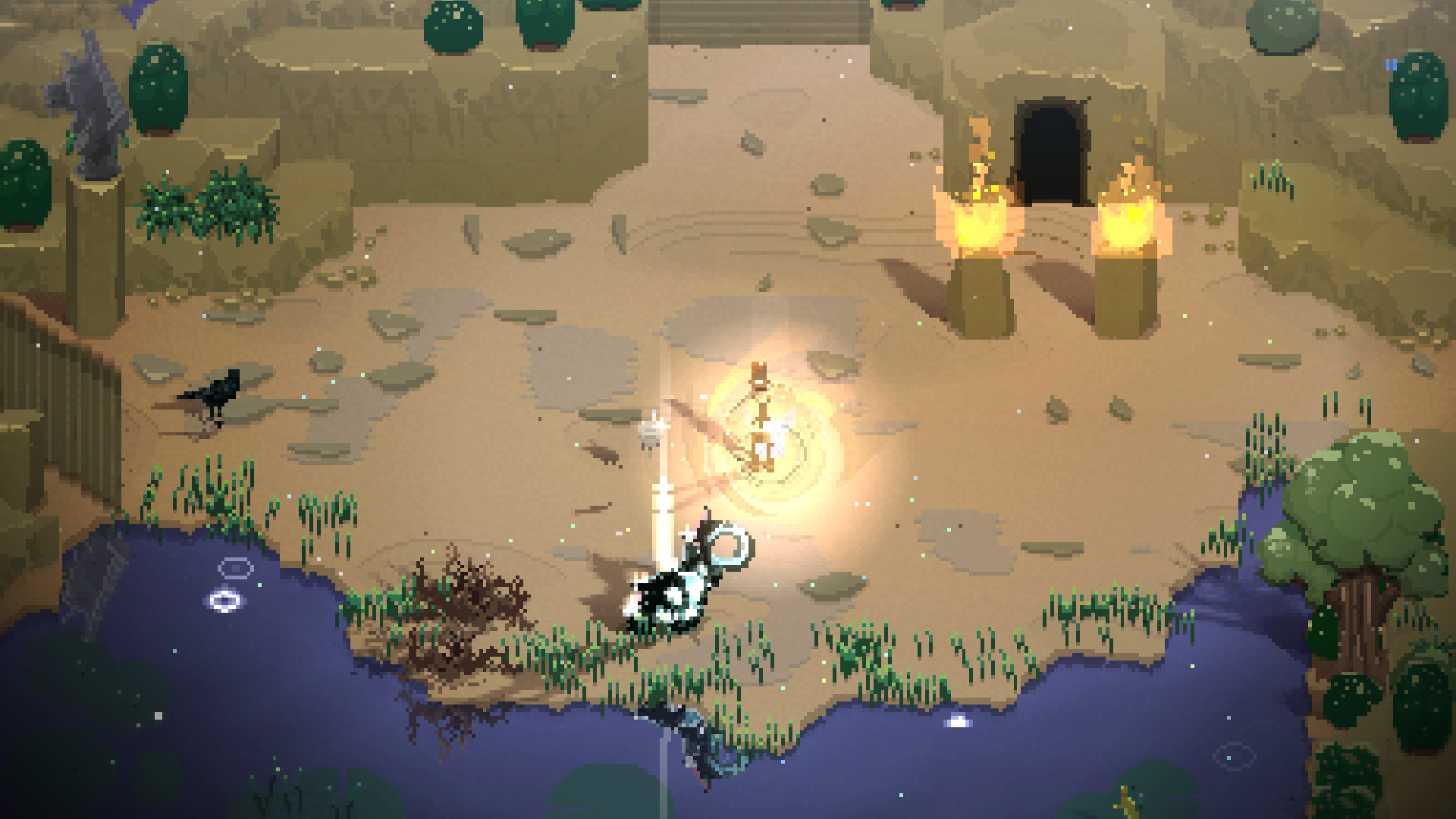
-
Songbringer Screen 02
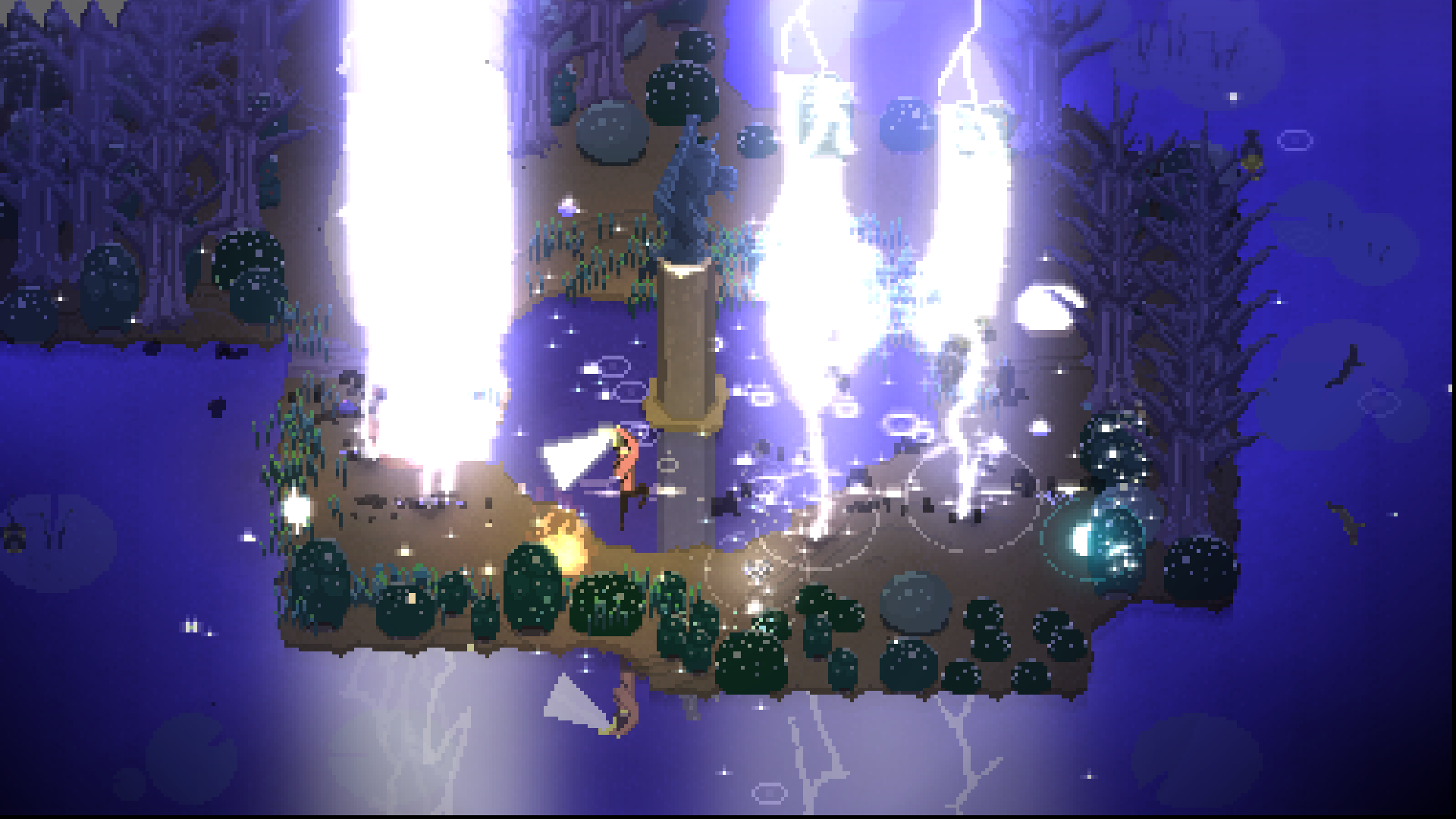
-
Songbringer Screen 03
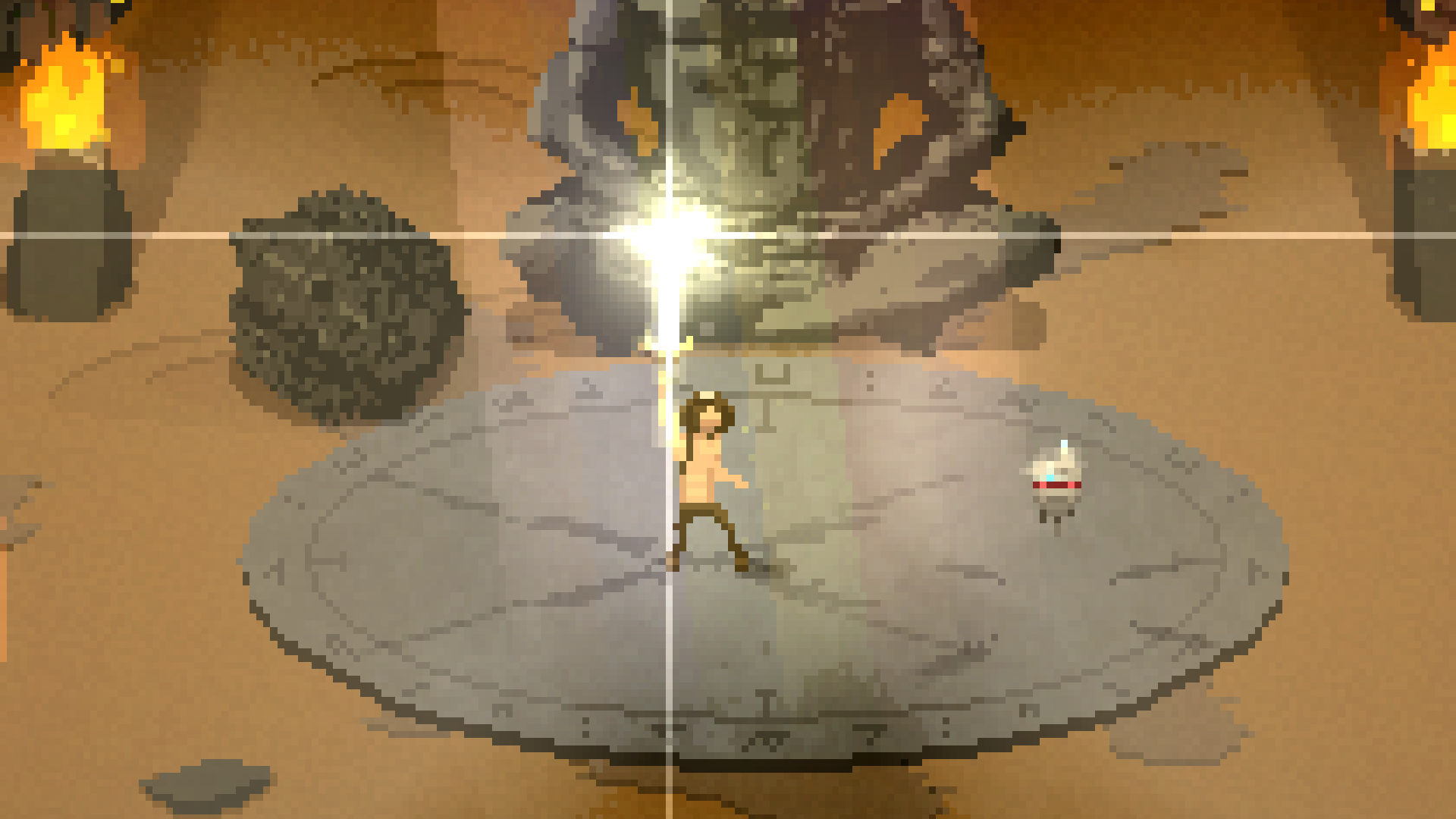
-
Songbringer Screen 04
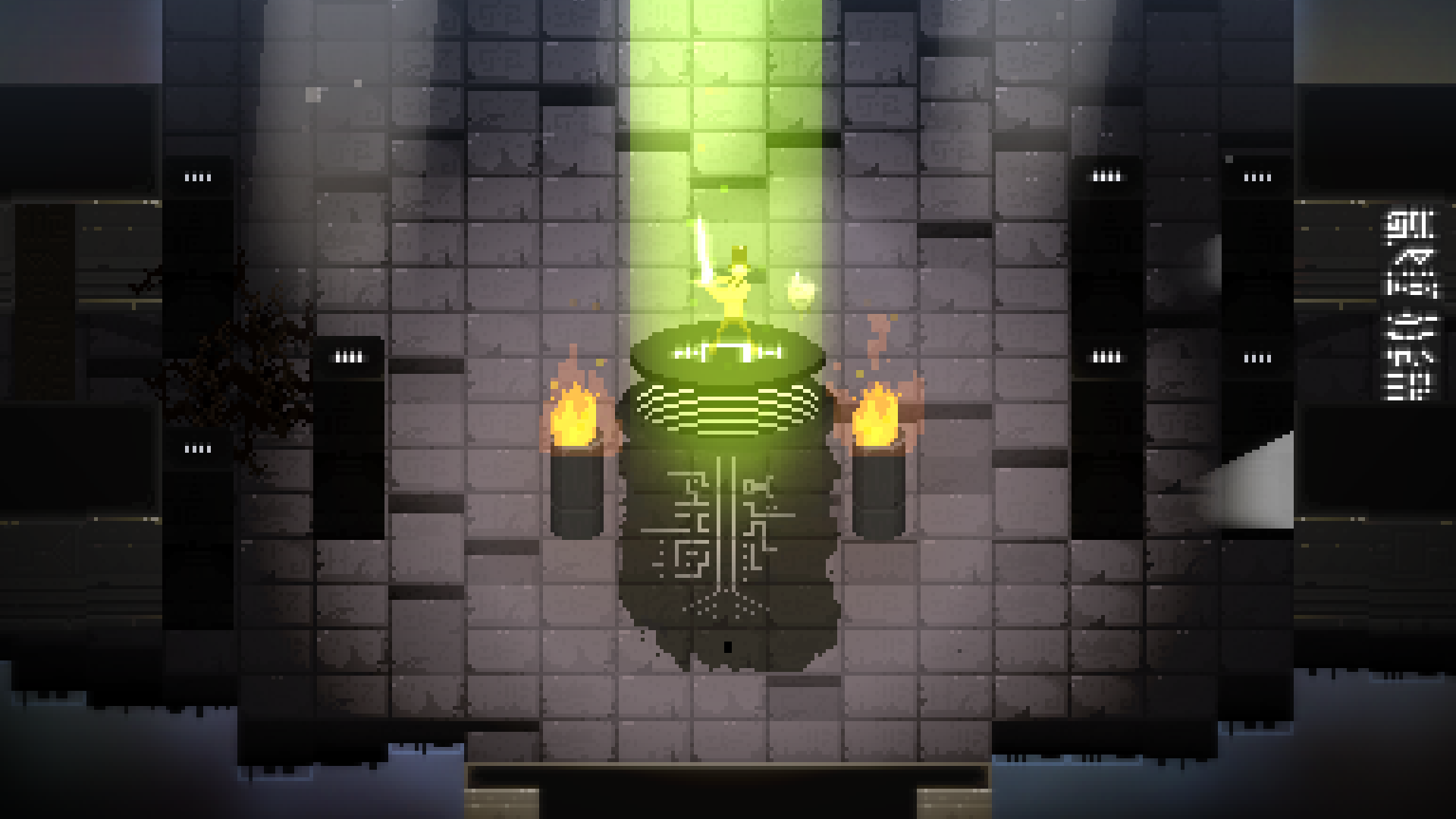
-
Songbringer Screen 05
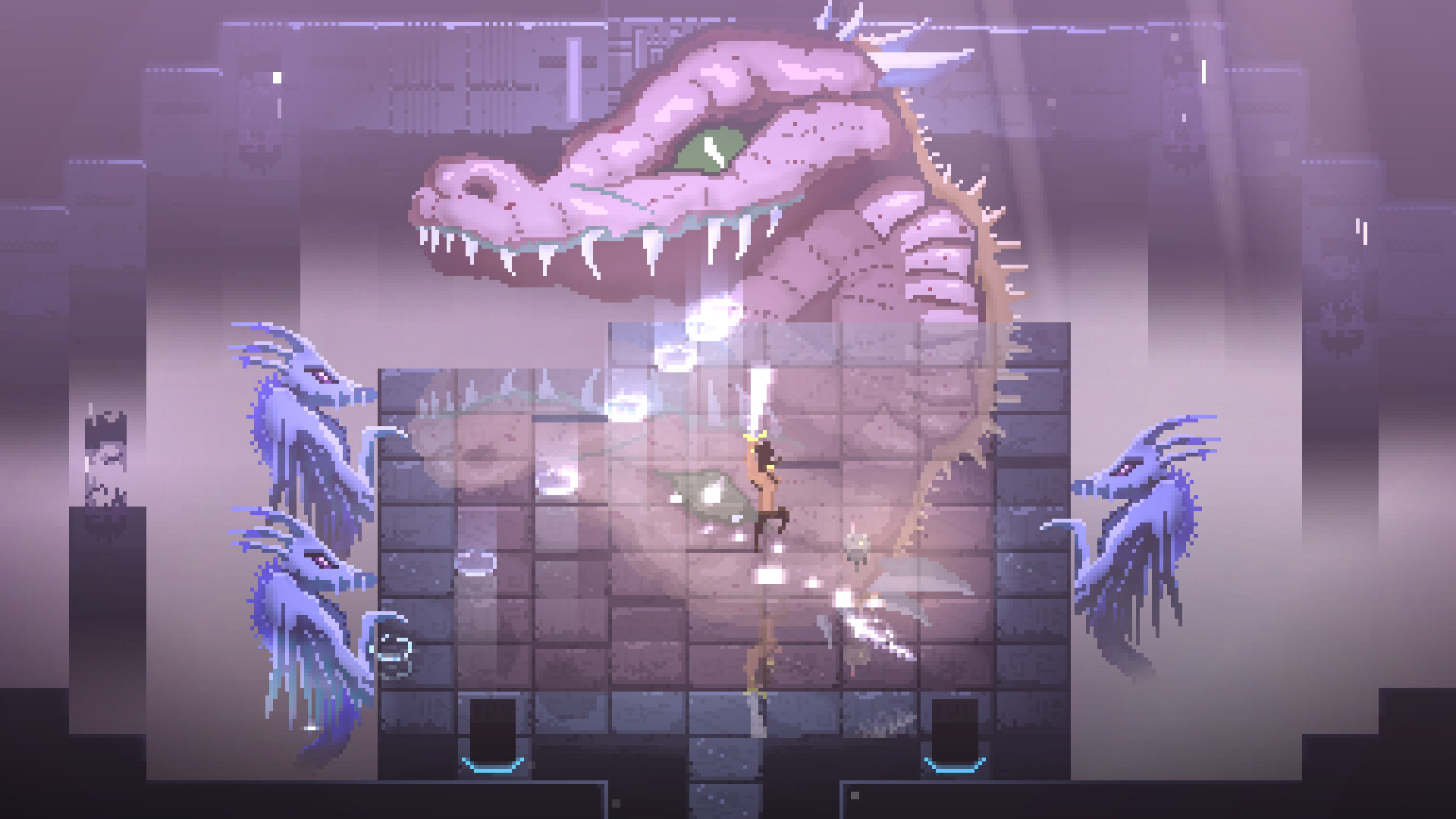
-
Songbringer Title
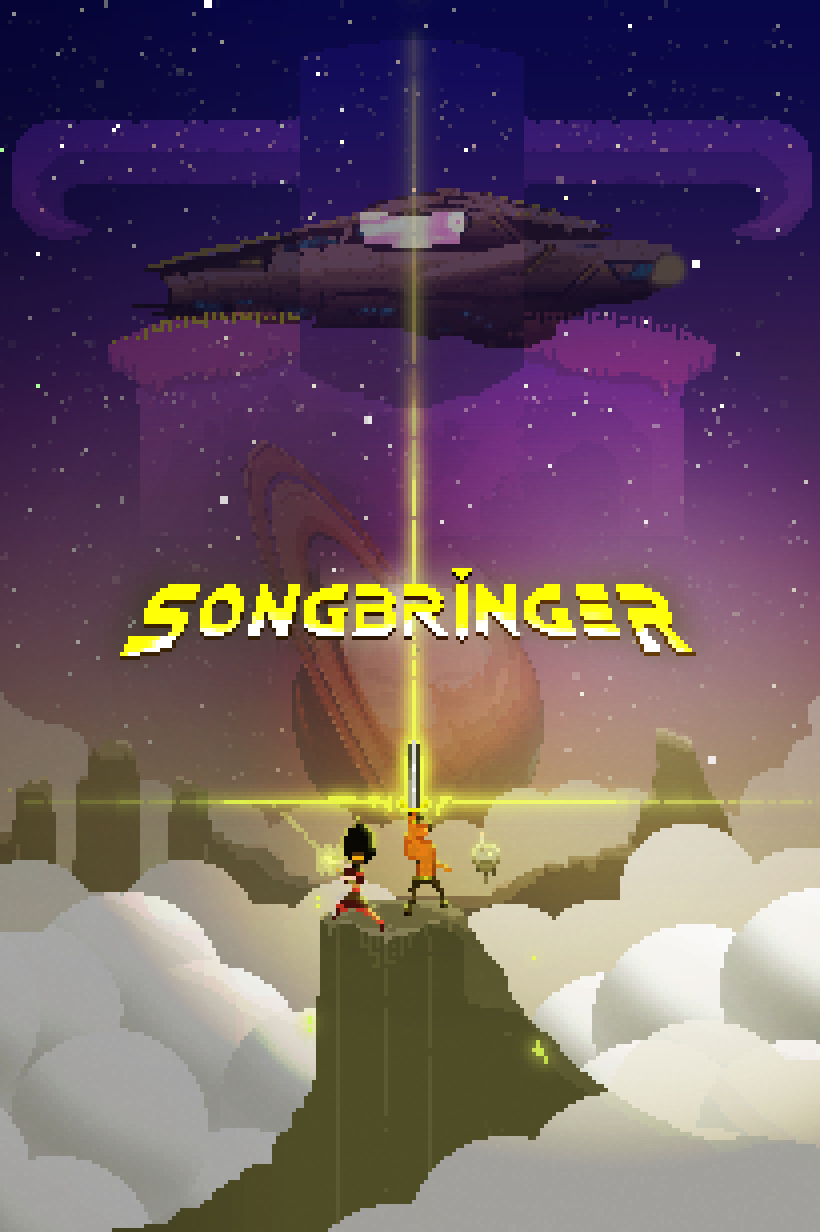
-
Songbringer Wizard Fu Logo
